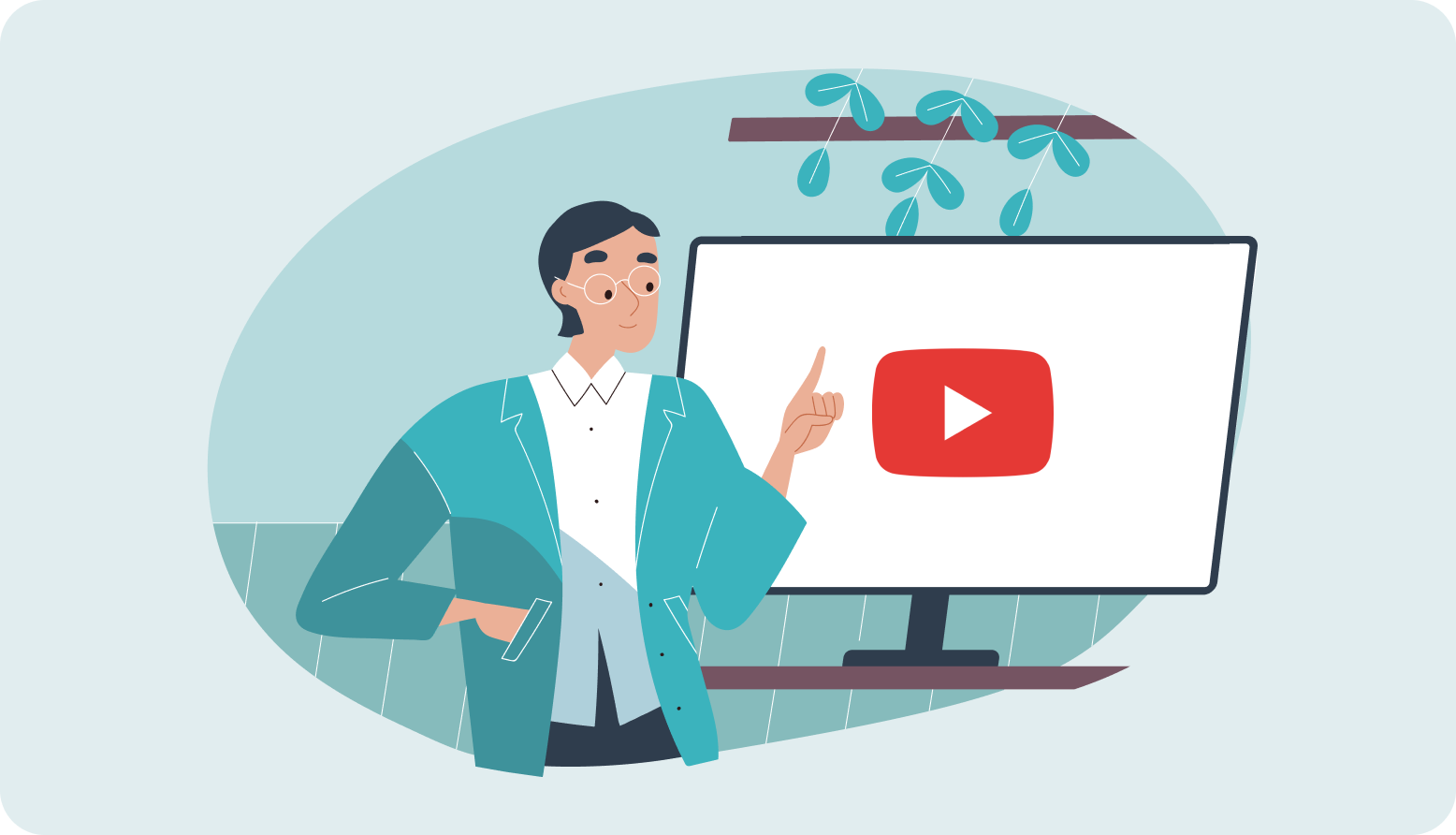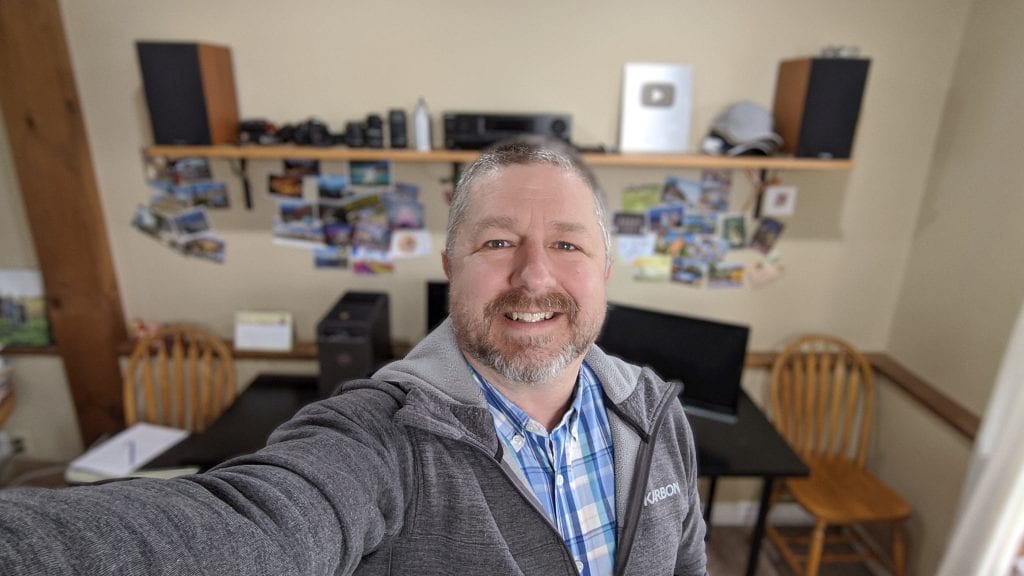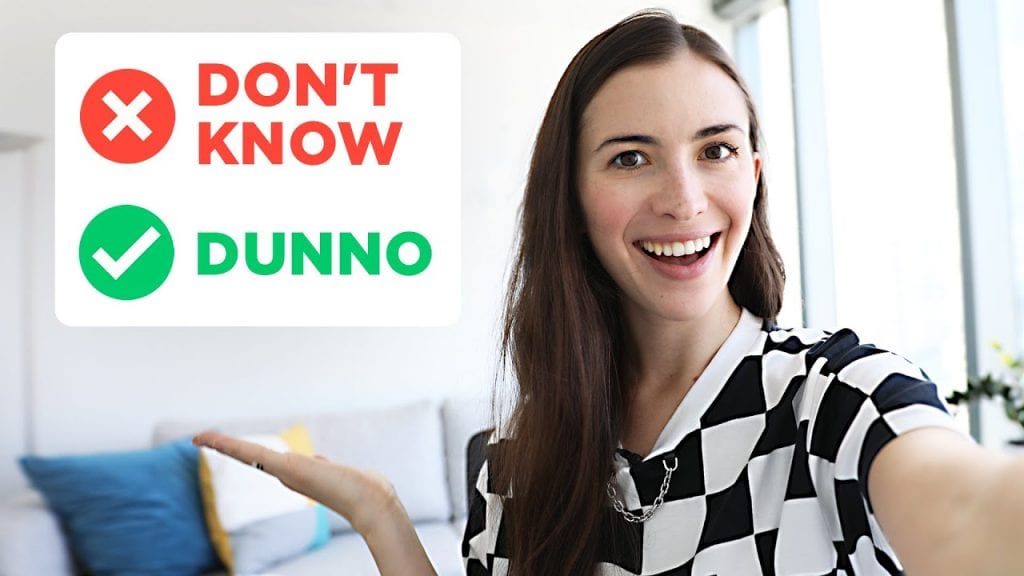Definition Of Noun:
What is a Noun?
The simplest definition of a noun is a thing and nouns
are the basic building blocks of sentences. These things can
represent a person, animal, place, idea, emotion – almost any thing that
you can think of. Dog, Sam, love, phone, Chicago, courage and spaceship are
all nouns. The more nouns you know in a language, the better you will be able
to communicate your ideas. Here, we’ll take a closer look at what makes a noun,
and we’ll provide some examples of how nouns are used.
Noun examples: respect, faith, apple, seashore, peanut, motorcycle
Noun examples in the following sentences are in bold for easy
identification.
- The boy and girl were
holding hands as they crossed the bridge on
the way to town.
- John loves watching the cat playing
with the pink yarn.
- Visiting Big
Ben was a highlight of the trip to England.
The
Function of Noun
1.
Noun
as a Subject
noun can be used as a subject paired with a verb. For
example, "Aisya eats an instant noodles" Aisya’s name here is a noun
as a subject followed by verb, eat.
2.
Nouns
as Objects
In addition to being a subject, the noun function can
also be an object. For example, "Aisya eats an instant noodles" The noodles
in that sentence belong to the noun.
3.
Nouns
as a Complement
It's not just a subject or an object. You can even use
the noun function as a complement to sentences. For example, "Aisya is a teacher".
the word “teacher” here as a complement
Type
of Noun:
1. Countable :
It's important to know if a noun is countable or uncountable, because this is
going to tell us if we use words, like: "a" in front of the word, and
it will also tell us which words we cannot use with these words. So... And
whether or not we need to add an "s" to the end of the noun if
there's more than one. the first thing you need to know with a countable noun
is when we have a countable noun, we need to put an "a" or an
"an" in front of it. So, for example: "I have a dog. I have a
computer. I have a lamp. I have a chair." So, notice I'm putting
"a" in front of all of these. If the noun starts with a vowel sound,
so for example: "a" is a vowel, "e", "i",
"o", "u" - these are all vowels. And if it starts with a
vowel sound, then we use "an". "I have an apple. I have an egg.
I have an ant." We use this if the first sound of the word is a vowel. So,
the second thing you need to know is that with countable nouns a lot of the
time we can count them. A countable noun is something you can count, or...
Usually it's something, or an animal, or, you know, a place - it's something
you can count. So, for example: "I have a book." This is one book.
"I have two books.", "I have three books." So, this... You
can count books and it's a countable noun. "I have two chairs. I have five
dresses." These are all countable nouns. When we have more than one
countable noun, so for example, here we have one, here we have two. If we have
more than one-so two, three, four, five, six-we need to add an "s".
This shows us that there is more than one. And also notice that we don't need
this in front of the noun anymore. So, we cannot say: "a books",
because the "s" means there's more than one, so this would not match.
Okay. What else do we need? So, we need an "s" or an "es"
if we have more than one of this type of object or noun. Here's another
example: "I have one sister.", "I have three sisters." So,
notice here, you can count the number of sisters I have, and so I've added an
"s". Now, we have some exceptions. For example, the word
"moose". You can count the number of moose, but we never add an
"s". It's... It's a strange exception. In English, you'll notice we
have a lot of exceptions. We break rules a lot of times in English. It's the
same with "fish". You can count the number of fish, but we don't...
You change this word if there's more than one. I can't say: "I have five
fishes." Okay? I would say: "I have five fish." So, sometimes
there are exceptions with count nouns or countable nouns.
2. Uncountable:
An uncountable noun is a noun where you do not use "a" or
"an" in front of it. Okay? So, for example, an uncountable noun is
"happiness". I do not say: "a happiness". Okay, so that's
no. So, we do not use "a" or "an". We also don't add
"s" or "es". Okay? And the reason we don't add
"s" or "es" is because the idea of uncountable is you can't
count it. Now, there are many exceptions to this, but in general, an
uncountable noun is something you can't really count. So I want you to think,
for example, of happiness. Can you count happiness? Can you say: "One
happiness, two happiness; my friend has five happiness"? You can't really
count it. It's the same with words, like: "sadness" or with, you
know, "stress". These are things that are abstract and they're things
you can't really count. Okay? So, because of that, we do not add "s"
or "es" to uncountable words. Another thing you'll find with
uncountable words, and this is where it kind of gets a bit tricky, is a lot of
uncountable nouns are actually categories. So, for example:
"furniture" is an uncountable noun. In English, you don't count
furniture. So, you would... You would not add an "s" to the word
"furniture"; it's always the same. "I have furniture at my
house." I do not say: "I have a furniture." No. In English, you
can't do that. You say: "I have furniture." There is no "a"
or "an". It's the same with the word "clothes".
"Clothes" never changes; it always stays the same. I cannot say:
"I have a clothes." I cannot say: "I have four clothes."
Okay? In English, we can't do this, and this is because these are categories.
It's the same with "money". And a lot of students get really
frustrated with this, because in their language, you can count these things.
So, I understand that and I understand, you know, languages are very different,
but in English you cannot count these things in the same way. They're
considered categories. So, in English, I cannot say: "I have five
money." And I also don't add an "s" to "money". It
always stays the same. I can say: "I have a lot of money" or "I
have no money", but I can't actually put a number in front of money. So,
what can you do is... We're looking at categories, there, but within each
category there are things you can count. So, for example: "furniture"
is uncountable, but tables, chairs, desks, refrigerators, ovens - these are all
things we can count. So, "furniture" does not have an "s",
but these other words do within the category. "Clothes", again, we
never change it; it always is the same, but types of clothes we can have as
countable. So, we can have five dresses, you know, 10 socks. So, you can count
a lot of clothes. With "money", we don't... Like I said, we don't add
an "s", but we can count coins. Okay? So we can count coins. "I
have five coins. I have seven bills." So, within the category, you can count,
but the category itself we cannot put an "s" on that because it is an
uncountable noun. A lot of the times different types of food and different
types of drinks are also uncountable. So, for example: "milk". We do
not count milk. In English, we can't say: "I have one milk. I have six
milk." What we can do is we can add a container to this word or we can add
an amount, so that's okay. So, what we can say is: "I have a glass of
milk." Okay? Or: "I have five glasses of milk.", "I have
two cups of milk." So, "milk" itself never changes, but the
quantity or the amount can. It's the same with, for example, "juice".
"I have eight cups of juice", but "juice" itself... The
word "juice", we can never say "juices". Okay? So that...
It doesn't change because it's an uncountable noun. And we'll look at more
examples of this in full sentences in a moment. "Mustard" or
"ketchup", these are more examples. We do not say: "I have 10 or
20 mustards." No. We can't count this, so we always keep it the same; or
we can add a container or a quantity. "I have five bottles of
mustard." Okay? So... And it's the same with these words, too. "I
have 10 pieces of furniture." So, we can put a quantity in front, but the
actual word itself is an uncountable noun.
3. Conrete:
Concrete nouns are people places or things, including animals. That you can
see, that you can smell, or taste, or hear, or touch. So you can basically use
your five senses. Let me give you a few examples. If we talk about people, you
could say, a man or a teacher, or me, Fanny. Or Mr. Smith. If we talk about
places, you could say, a house, a school. You could name a city like London.
Very nice city. Or a beach. And if you talk about things, you could say a shoe,
you could say a marker, you could talk about a dog or food like a pizza. These
are concrete nouns.
4. Abstrak:
Abstrak noun are ideas, concepts, emotions. And you can't see an idea. You
can't smell a concept. You can't taste an emotion. Or hear it. Or touch it. So
they are nouns. They are things that exist, but you cannot see them, or taste
them. You can't use your five sense. To give you a few examples, we could talk
about love, or time, or religion, rules. These are all words that represent
ideas, concepts
5. Common and Proper:
the difference between common nouns and proper nouns which are very important
in English. So common nouns and proper nouns refer to people, places, things,
ideas. Let's see a few examples. We could talk about people for example. A
woman. That's a common noun. But if we talk about a specific woman, for
example, me, Fanny. That becomes a proper noun with a capital 'F'. because, and
you should know this, proper nouns are always capitalized. You could talk about
places. A city. That's a common noun. But then you can name a specific city.
Let's take a great city, London, of course. With a capital 'L'. Remember proper
nouns - always capitalized. We can talk about things for example. An animal.
Let's take a dog. A dog. That's a common noun. But if we take a specific dog,
like Snoopy - capital 'S', that's the proper noun. If we talk about things
again, but for example, a car, that's a common noun. But if we name the brand,
the specific brand of the car like Honda, that's a proper noun. And it takes a
capital 'H'.
6. Collective:
it refers to a group of people. For example audience, actress, army and
commite. collective nouns can be used as singular nouns or plural nouns.







